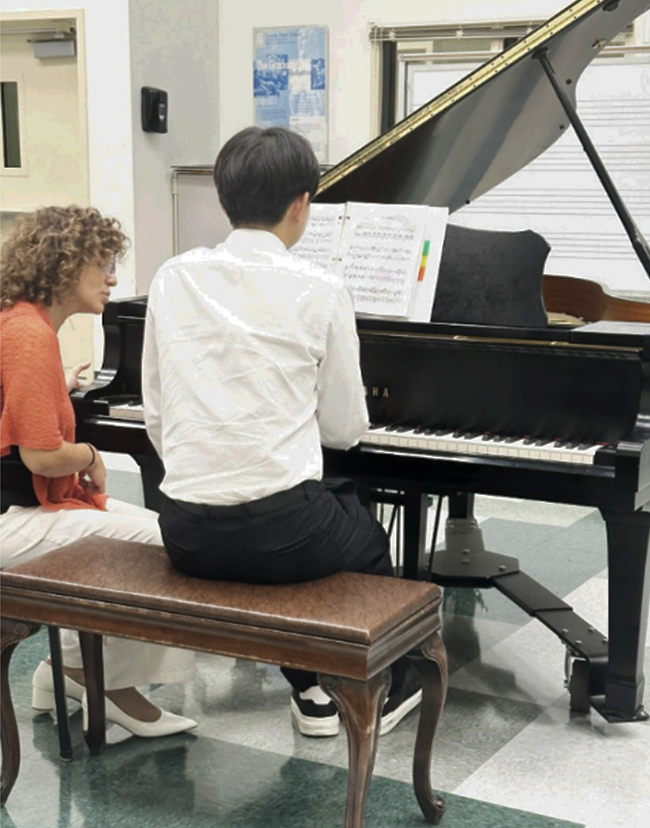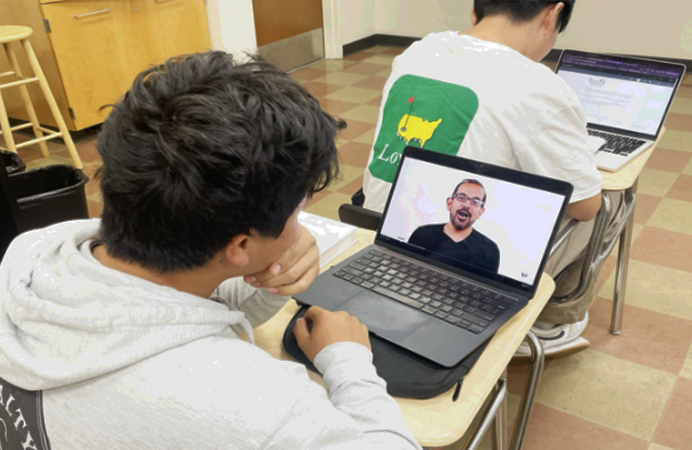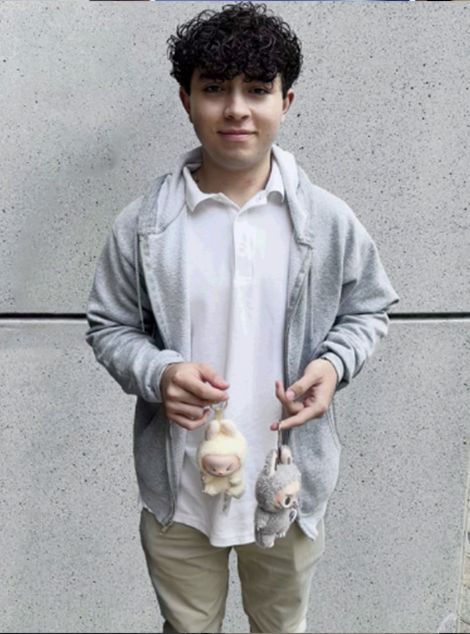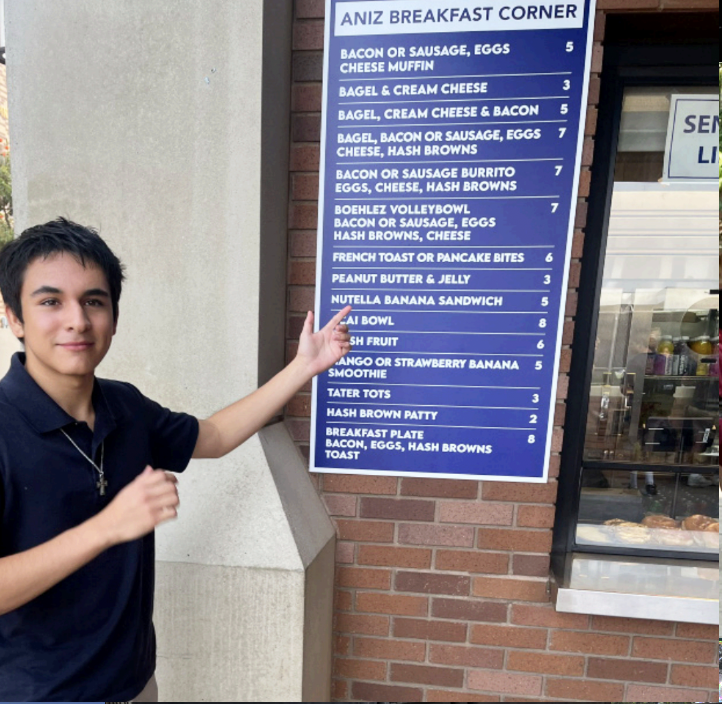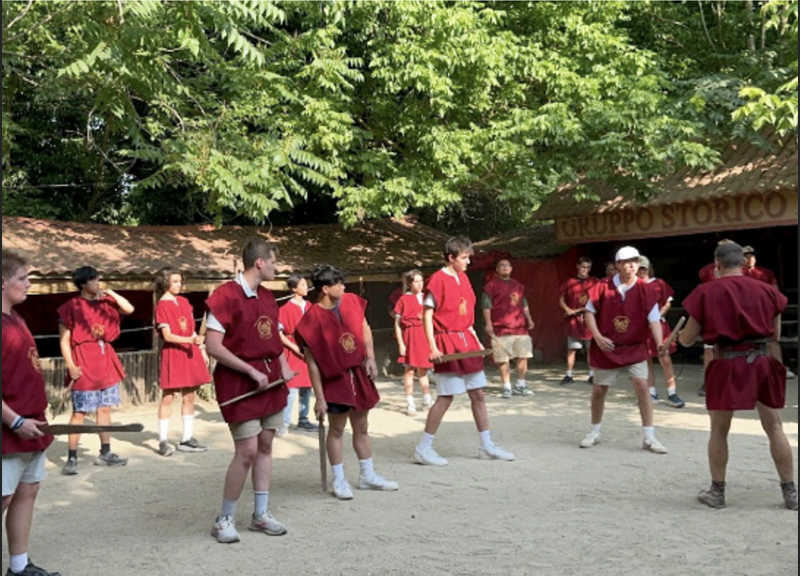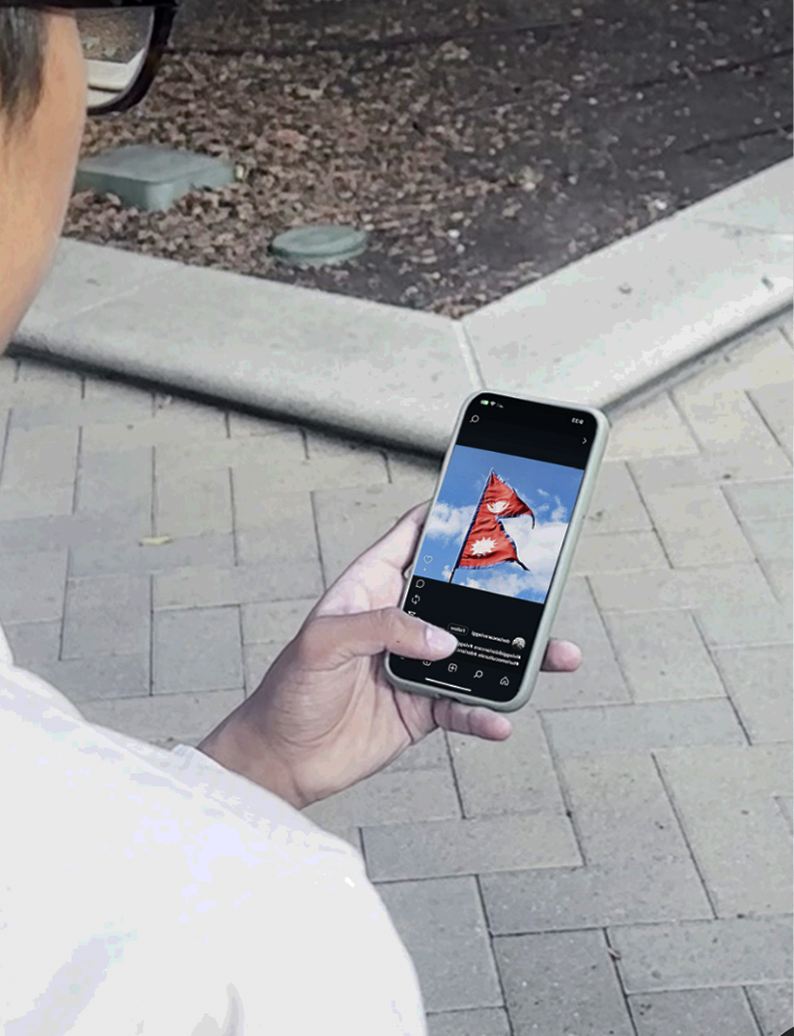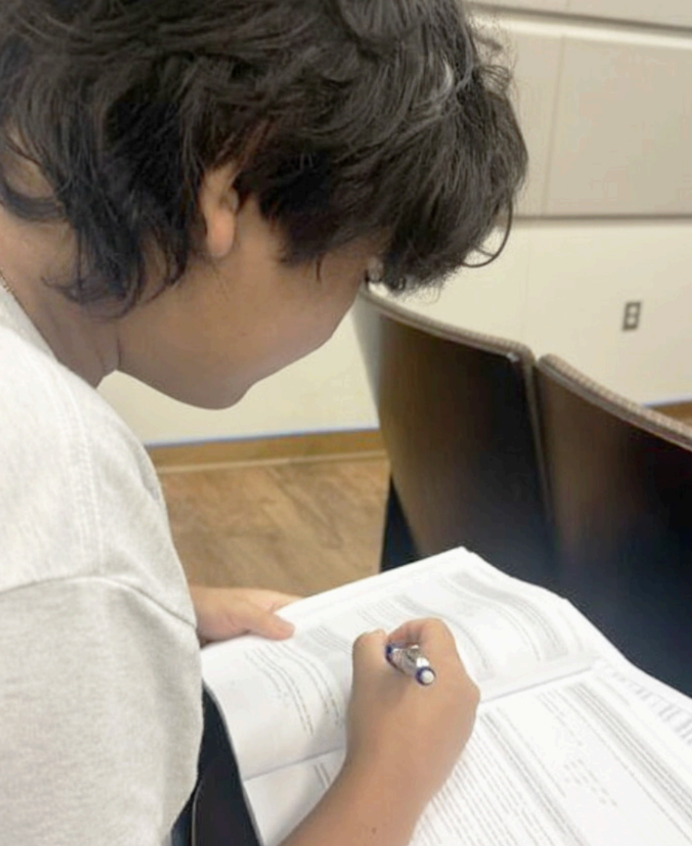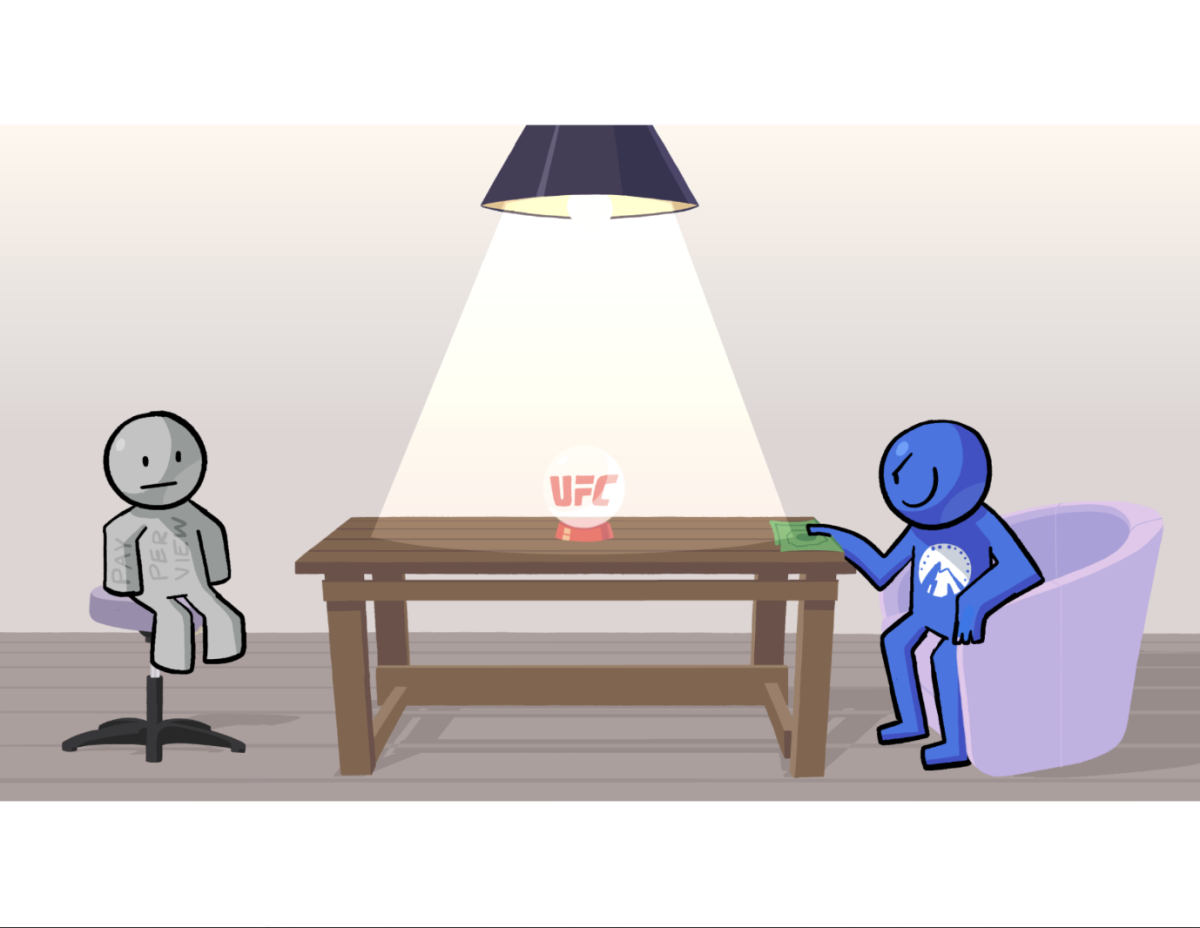“Flip flip” — that is the sound your wallet might make when you invest in a reusable bag. But is it worth it? Carlos De Santiago, a member of the Class of 2027, seems to think so.
“I think purchasing a reusable bag over single-use plastic bags is far more sustainable,” he said. “Sure, it’s a little more expensive up front, but it can actually save you money over time. Honestly, I think people would be surprised at how quickly it pays for itself.”
Reusable bags are just one part of the broader conversation around sustainability, which includes everything from everyday items like water bottles to larger systems like energy consumption and clothing production. For students, particularly those on a budget, the idea of shopping sustainably can seem out of reach. But does it have to be?
One major concern is fast fashion, a market that produces inexpensive, trend-based clothing at a rapid pace. According to ClimateYou, the fashion industry is the second-largest global polluter and the second-highest consumer of water. Each year, roughly 21 billion tons of textile waste end up in landfills, with about 85% of all produced goods discarded.
For students looking for alternatives, thrifting has become a popular and accessible option. Buying secondhand clothing not only reduces demand for new production but also promotes reuse. And while some fast-fashion brands offer low prices, the long-term impact, both environmentally and financially, can be significant. Some studies have shown that certain low-cost items contain chemical levels that exceed health safety standards.

Luke Chandler, English teacher and water polo coach, said that while sustainability is important, it’s not equally accessible for everyone. “I believe students can live more sustainably if they have the ability to work or if their families can support those choices,” he said. “But it’s important to acknowledge that some students are navigating challenging circumstances. Expecting the same from everyone isn’t always realistic.”
This brings up a concept sometimes referred to as the boots theory. The idea is that a wealthier person can afford to buy one high-quality item that lasts for years, while someone with less money may have to buy lower-quality items more often, ultimately spending more.
For many students, especially those with limited financial means, this theory reflects the complexity of making sustainable choices. Still, making small, intentional changes like bringing a reusable water bottle, shopping secondhand, or avoiding excessive packaging, can be a good place to start.
Sustainability doesn’t have to be all or nothing. And for those who do have the means, it may be worth reframing the question. Instead of asking whether we can afford to live sustainably, maybe we should ask: Can we afford not to?




